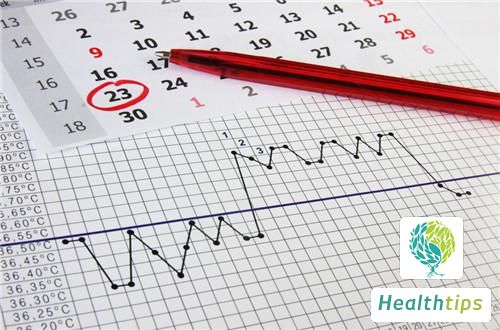The ovulation period is the 5 days before and 4 days after menstruation.

Of course, this is based on the premise that menstruation is regular, and the ovulation period is generally around 10 days. For couples who are preparing for pregnancy, it is important to grasp the ovulation period, which can help promote successful pregnancy. However, if menstruation is not very stable, there may be some errors in this calculation method.
I. The ovulation period is a few days before and after menstruation:
1. If the menstrual cycle is regular, a woman's ovulation period is generally around 14 days before the next menstruation. The 5 days before ovulation and 4 days after, including the ovulation day itself, are called the ovulation period, totaling 10 days.
2. If menstruation is irregular, you can calculate your ovulation period as follows: The first day of the ovulation period = the shortest menstrual cycle minus 18 days, and the last day of the ovulation period = the longest menstrual cycle minus 11 days. The calculation method is based on the first day of the current menstruation and counts backward.
II. Not everyone's ovulation period is 10 days.
Due to the accelerating pace of modern life, women are increasingly influenced by the realities of their environment. In addition, women's emotions, diet, and lifestyle all affect their ovulation. If the body does not adjust in time, endocrine conditions may be affected, and menstruation may be early or delayed, which will cause fluctuations in the length of the ovulation period.

